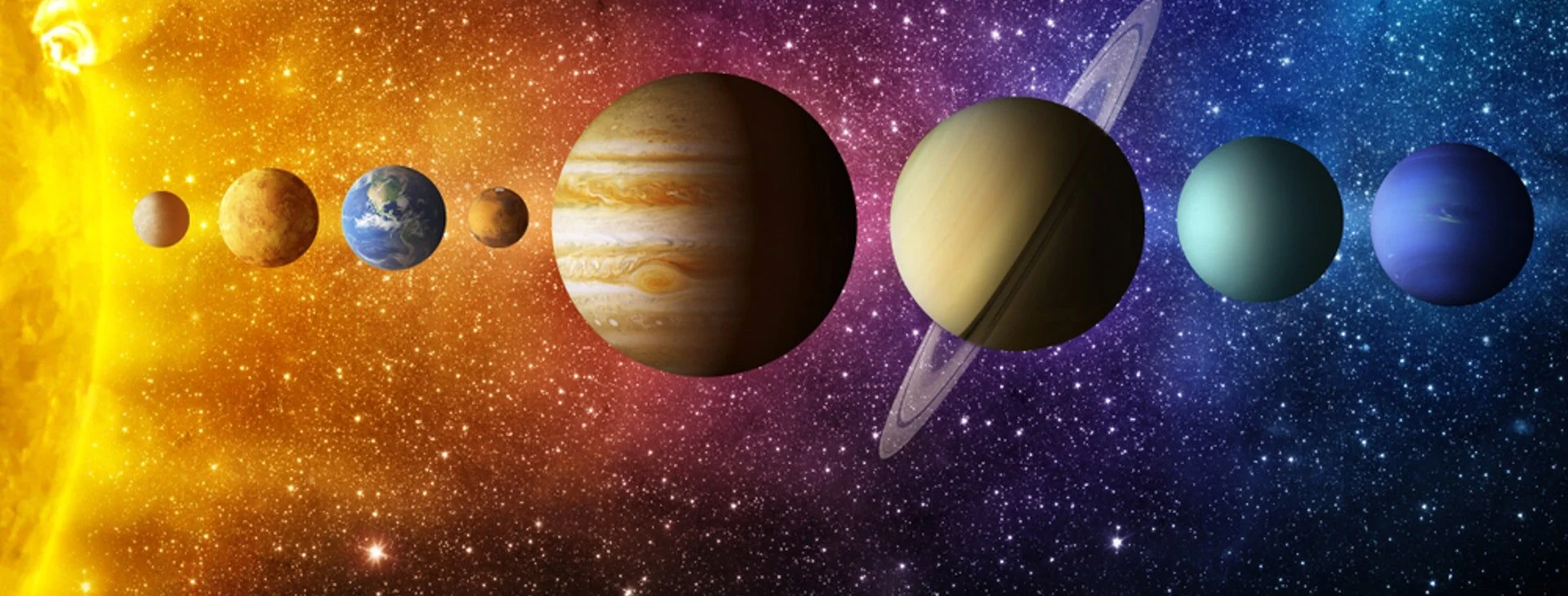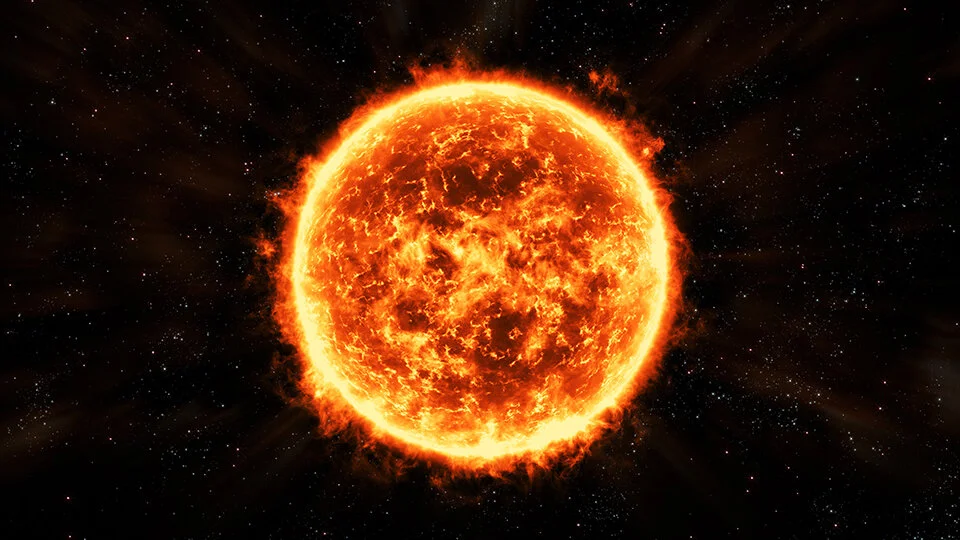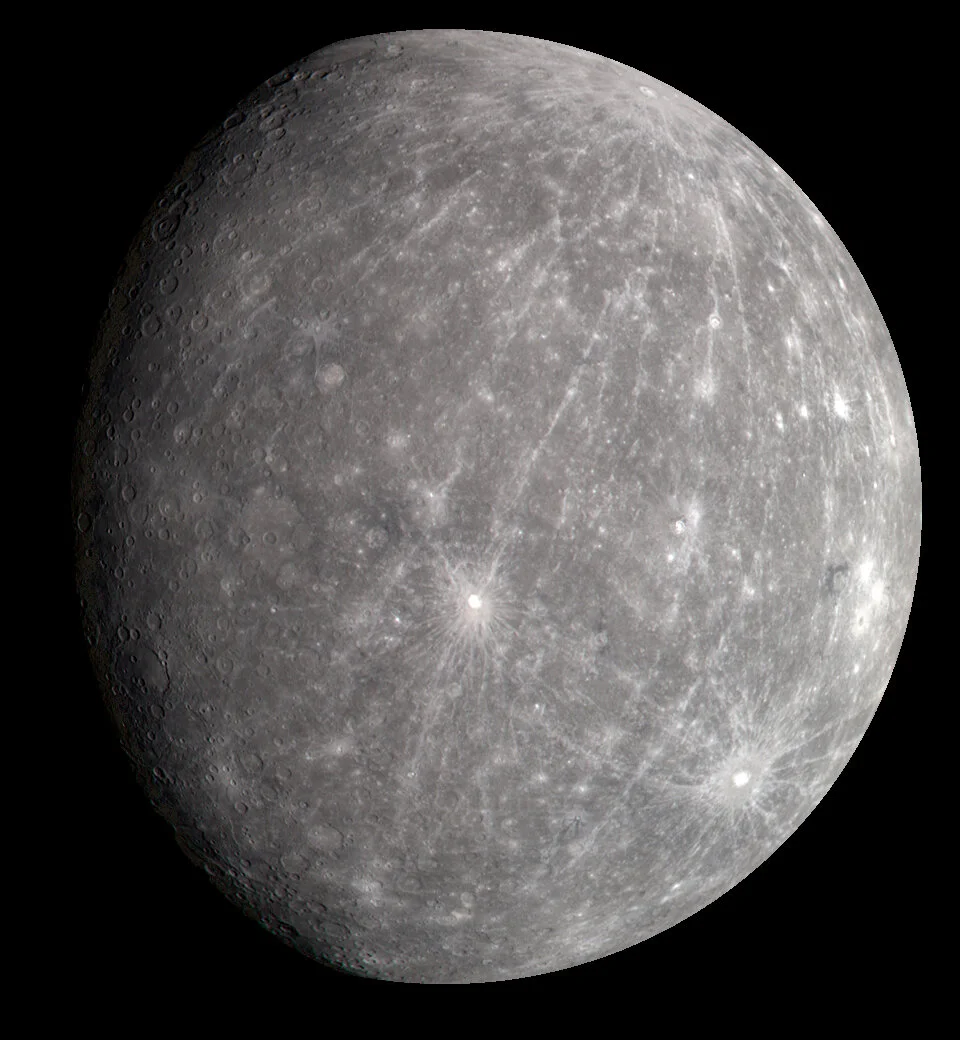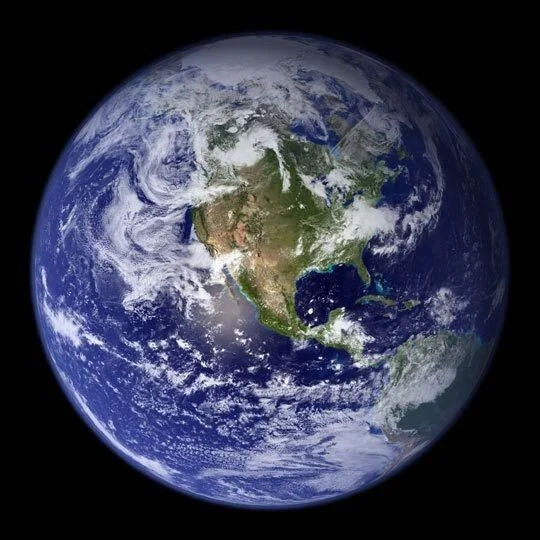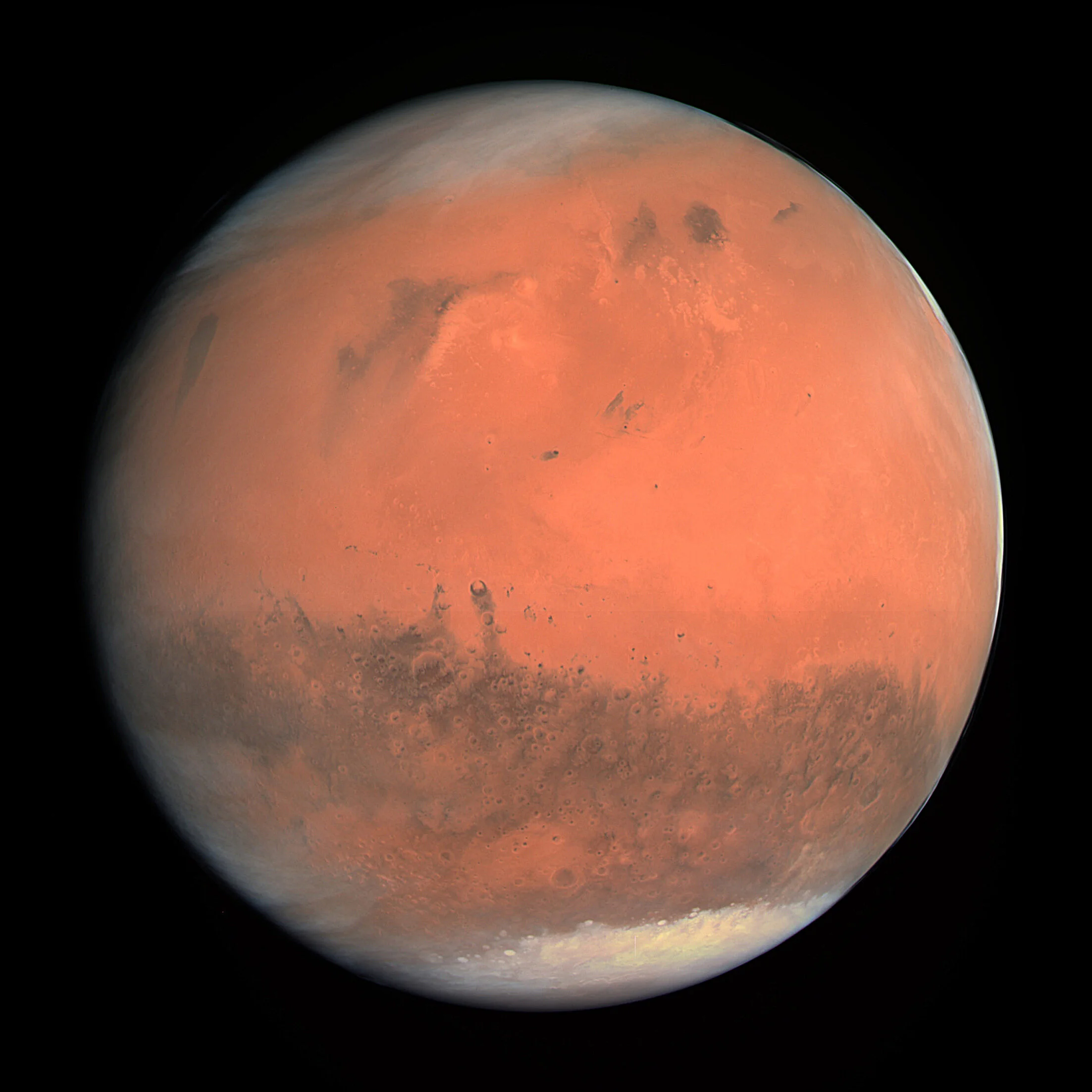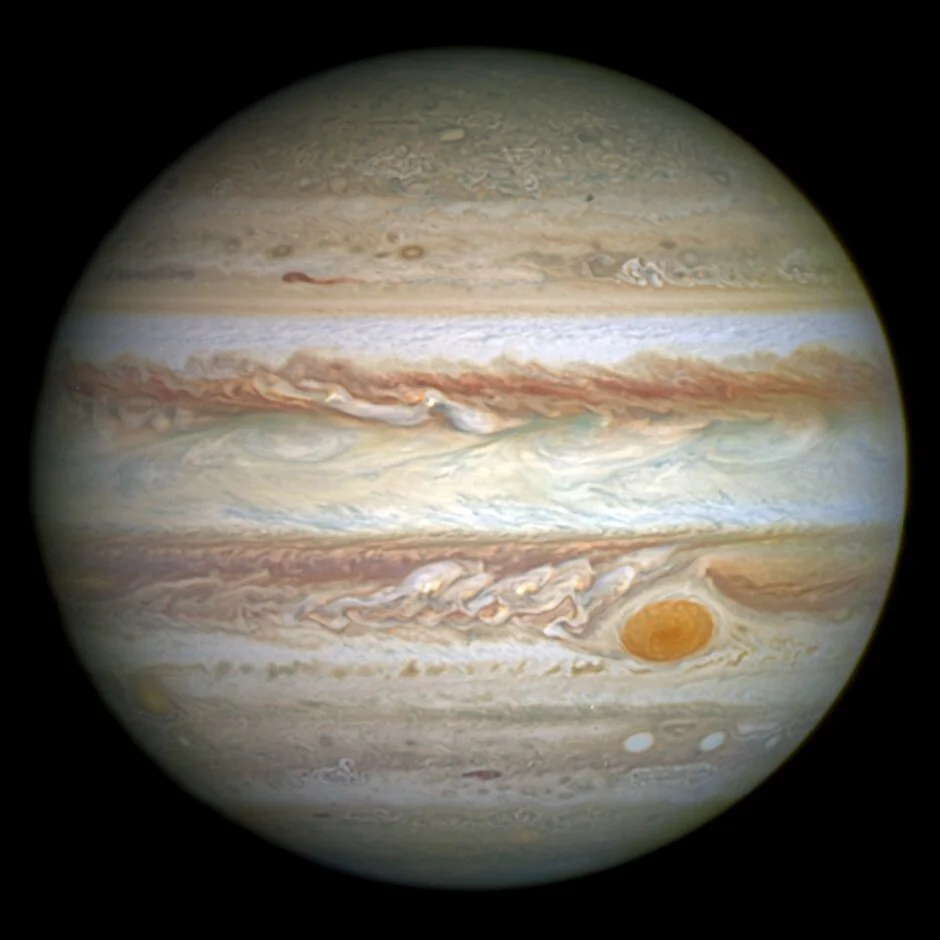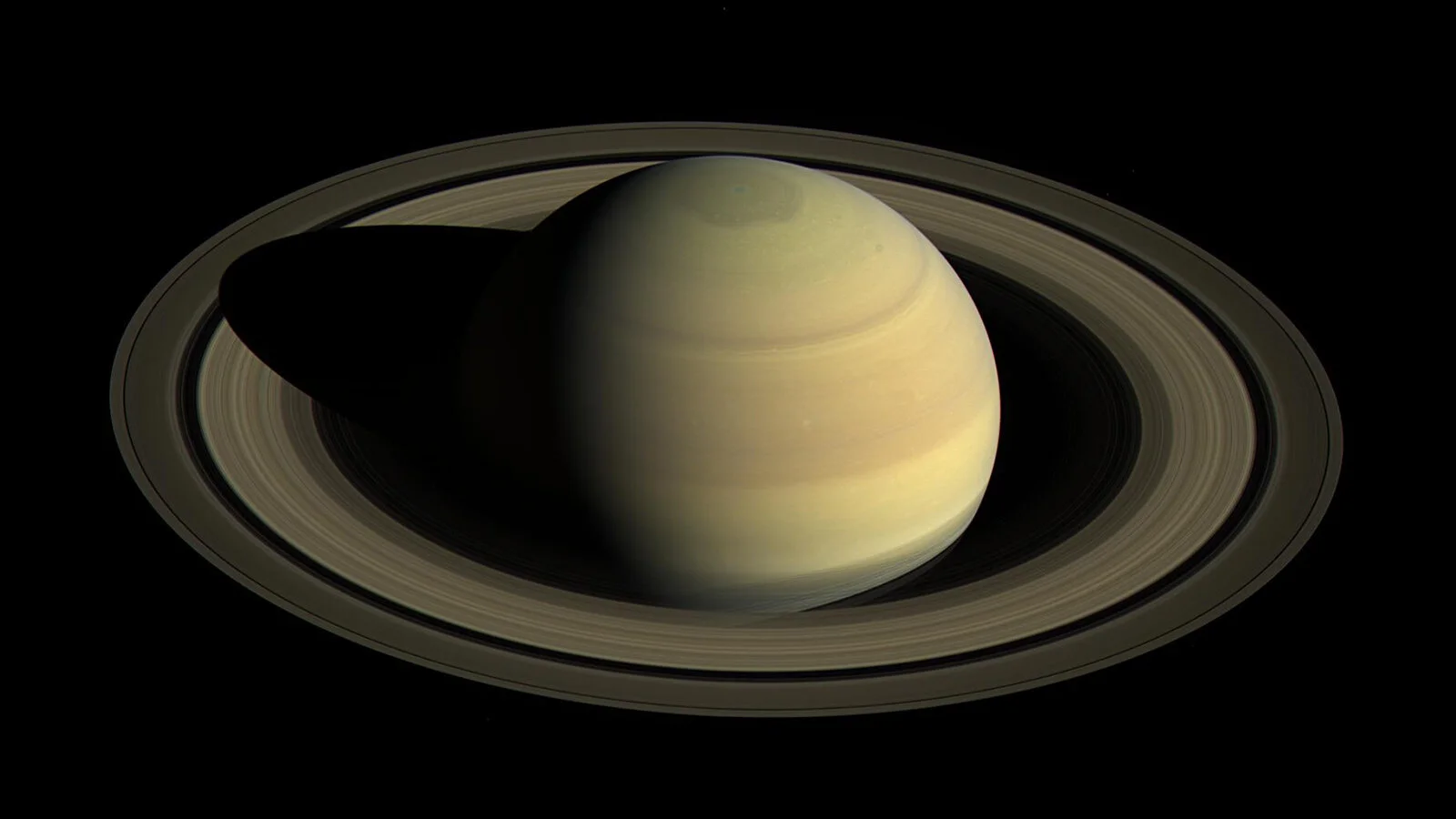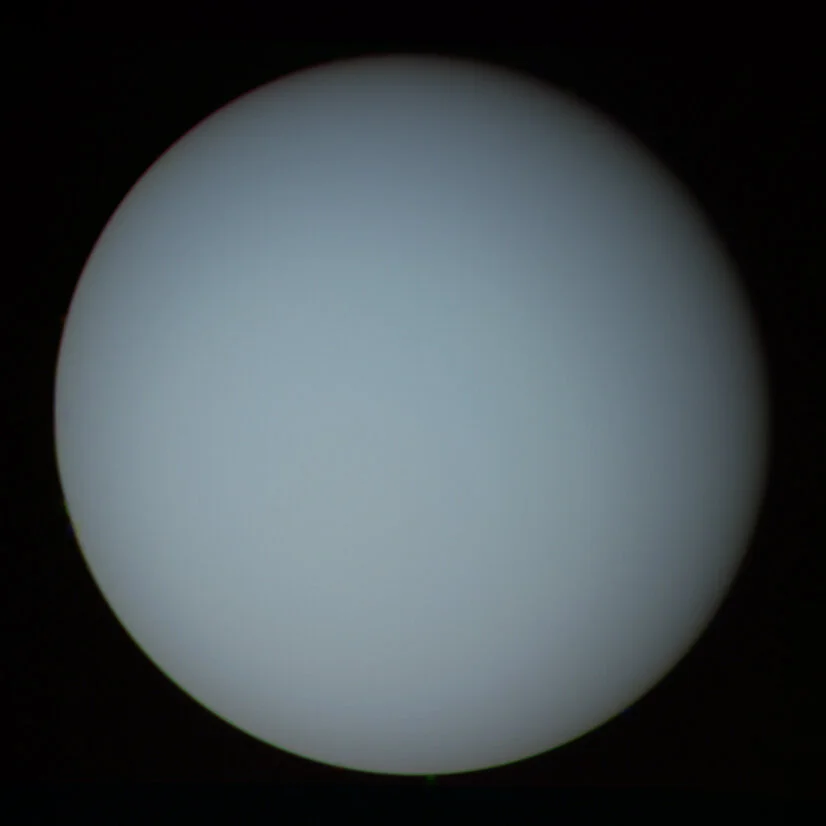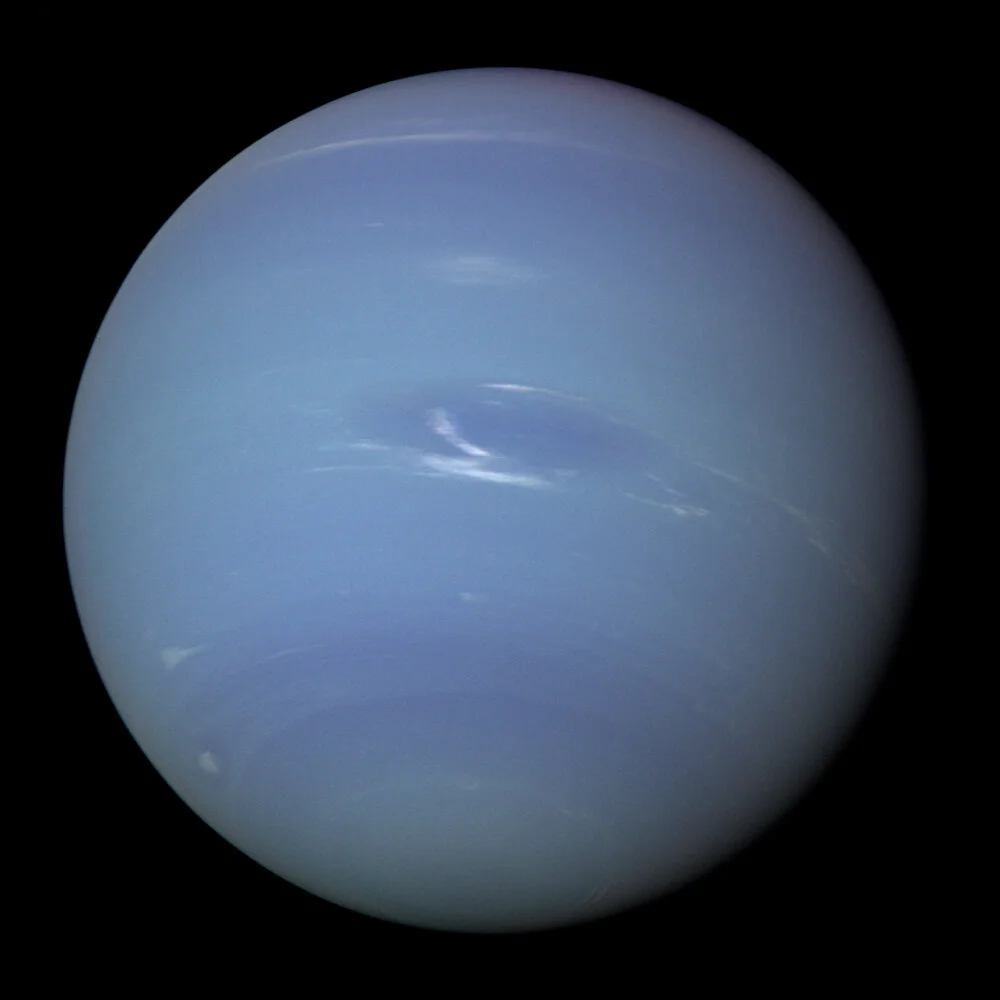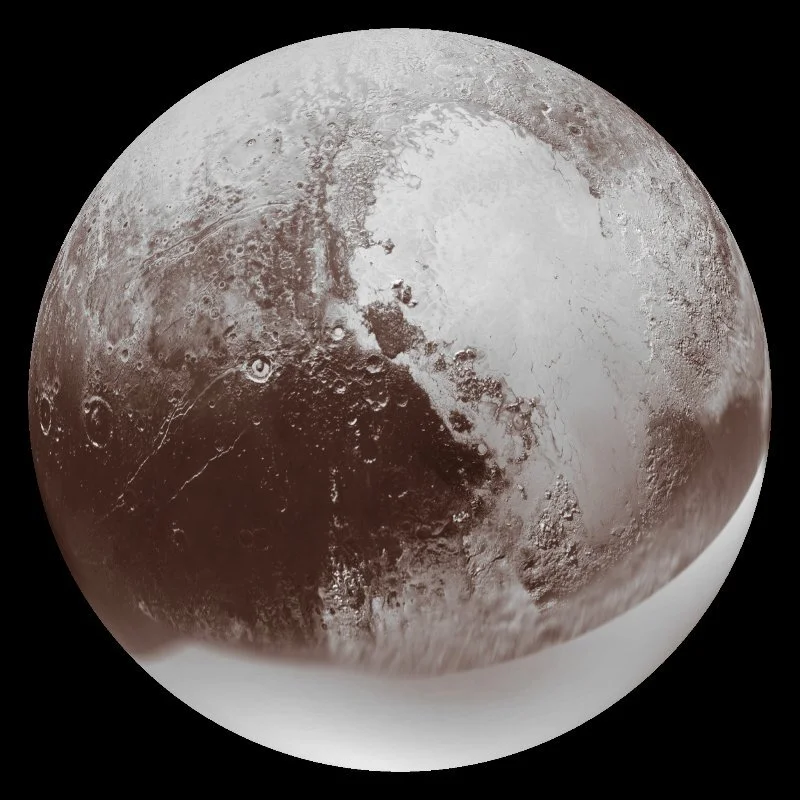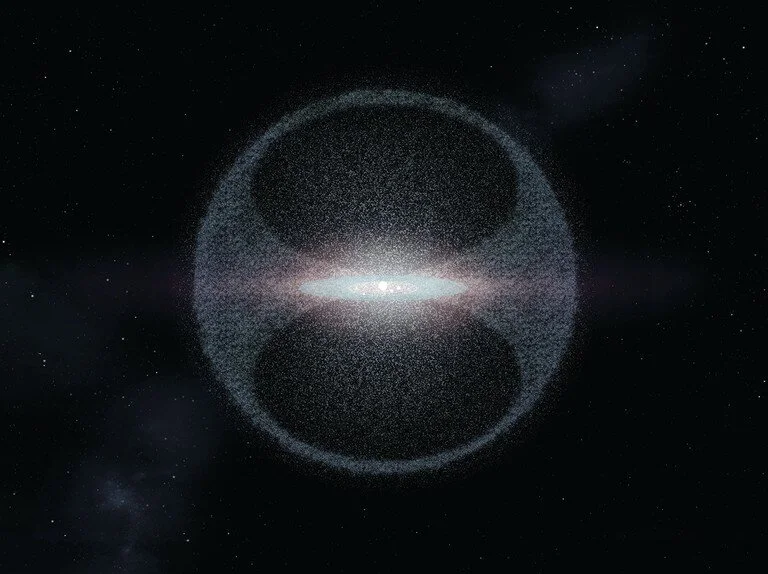The Solar System By Zak Vukelja
This is my Solar System project. I learnt a lot while I was doing this assignment, like Pluto has a love heart on its surface. The reason I did this on a website is because I had never even thought of making or creating a website but I wanted to try something new. My dad set up the website template but then I did the rest from there. Hope you enjoy it.
The Sun
The Sun accounts for 99.86% of the mass in the solar system which means all the planets combined is only 0.14 percent of the Solar System.
Over one million Earth's could fit inside the Sun.
One day the Sun will consume the Earth.
The energy created by the Sun's core is nuclear fusion.
The Sun is almost a perfect sphere.
The Sun is travelling at 220 km per second.
Mercury
Smallest planet
Nearest to the sun
Slightly larger than Earths moon
Has no Moons
2nd hottest planet in the Solar System
Venus
Has no Moons
Has very strong winds
Hottest planet in the Solar System
450 degrees
Hot enough to melt lead
Venus has crushing air pressure at its surface – more than 90 times that of Earth
Slightly smaller than Earth
Earth
Only planet not named after greek or roman god
Only planet with water
Only planet that you can live on
Slightly larger than Venus
The name Earth is at least 1000 years old
Earth is a Germanic word, which simply means “the ground”
One Moon
Mars
Has 2 moons
NASA currently has two rovers (Curiosity and Perseverance)
4 plant from the sun
Mars is also known as the red planet
Mars has 2 Moons called Deimos and Phobos
4th planet from the Sun
Asteroid belt
Is 4.6 billion years old
It is between the planets Mars and Jupiter
329-479 km away from Sun
The asteroid belt is huge and the space between each of the asteroids is over 600,000 miles
Jupiter
Largest planet in the Solar System
Largest gas giant
more than twice as massive as all the other planets combined
Fastest spinning planet in the Solar System
Has a great big spot
79 Moons
Saturn
Saturn is the most distant planet that can be seen with the naked eye
Orbits the sun once every 29.4 Earth years
Saturn could float in water because its mostly made of gas
You can not stand on Saturn
Saturns rings are not solid
82 Moons
Uranus
Uranus is known as the sideway because it rotates on its side
Was the first planet found using a telescope
Uranus has 27 Moons
Uranus is an Ice Giant planet and nearly four times larger than Earth
Uranus' unique sideways rotation makes for weird seasons
Neptune
Last planet in the Solar System
Smallest gas giant
Neptune is named after the Roman god of the sea
Has six faint rings
Coldest planet in the Solar System
Has the strongest winds in the Solar System
Neptune’s gravity is almost like Earth’s
Dwarf Planets
Each day on dwarf planets is 22.5 hours
There are 6 dwarf planets (Pluto, Ceres, Eris, Makemake, Haumea, and 2015 RR245)
Pluto has a love heart shape on it
Oort Cloud
The Oort Cloud defines the Solar System's boundary
It’s really flexible
The Oort Cloud contains material from other stars
It is 7.4 trillion km large
